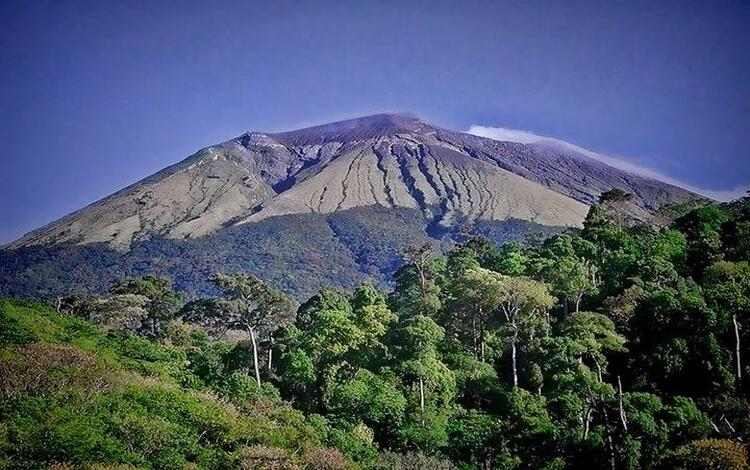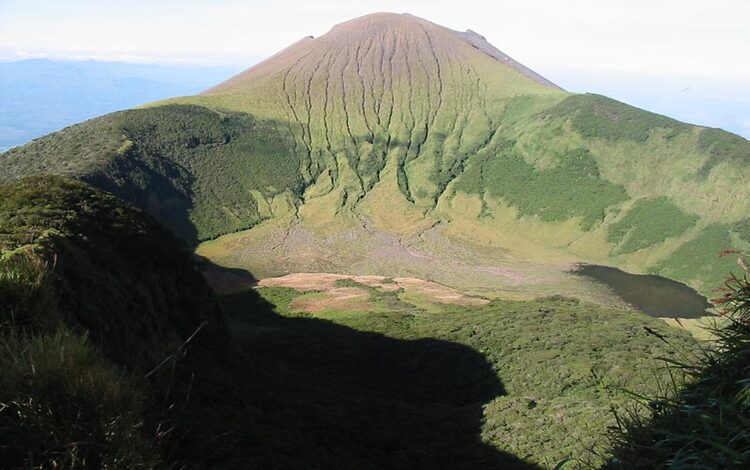The Philippine Institute of Volcanology and Seismology (PHIVOLCS) has observed significant swelling in the structure of Kanlaon Volcano, indicating a potential magmatic intrusion. This development raises concerns about an increased likelihood of eruptive activity. On Monday, PHIVOLCS highlighted the persistent volcanic earthquake activity and elevated sulfur dioxide (SO2) emissions, suggesting that these changes in ground deformation parameters further signify the possibility of magmatic intrusion beneath the volcano’s edifice.

Kanlaon Volcano, located on Negros Island, has been on Alert Level 2 since June 3. This alert level indicates probable magmatic intrusion, which may lead to “explosive” eruptions or even precede a “hazardous” magmatic eruption at the summit crater, according to PHIVOLCS. The volcano’s activity includes a brief eruption that sent a plume of ash, rocks, and gases into the sky, prompting the initial alert level upgrade.
The state volcanologists have noted that Kanlaon has been experiencing slow but sustained inflation or swelling since 2022. This inflation is monitored through continuous GPS and electronic tilt measurements, indicating long-term pressurization within the volcano. Recent observations have shown a pronounced increase in the swelling of the edifice over the past month, raising further alarms.
PHIVOLCS has emphasized that if the volcanic earthquake activity and elevated SO2 emissions persist, the changes in ground deformation parameters could further indicate ongoing magmatic intrusion. This situation warns of an increased chance of eruptive activity. The agency’s advisory underscores the importance of continuous monitoring and preparedness for potential volcanic hazards.
As a precaution, PHIVOLCS maintains the four-kilometer-radius permanent danger zone around Kanlaon Volcano as off-limits to minimize risks from potential volcanic hazards. Residents and local authorities are advised to remain vigilant and adhere to safety protocols. The possibility of an explosive eruption necessitates preparedness and awareness to mitigate the impacts on nearby communities.
Kanlaon Volcano is one of the most active volcanoes in the Philippines. Its activity has been closely monitored due to its history of eruptions and the potential risks it poses to surrounding areas. The current observations by PHIVOLCS serve as a reminder of the dynamic nature of volcanic activity and the need for continuous vigilance.

The pronounced swelling of Kanlaon Volcano’s structure, coupled with persistent volcanic earthquake activity and elevated SO2 emissions, indicates a heightened risk of eruptive activity. PHIVOLCS continues to monitor the situation closely and urges the public to stay informed and prepared for any developments.
